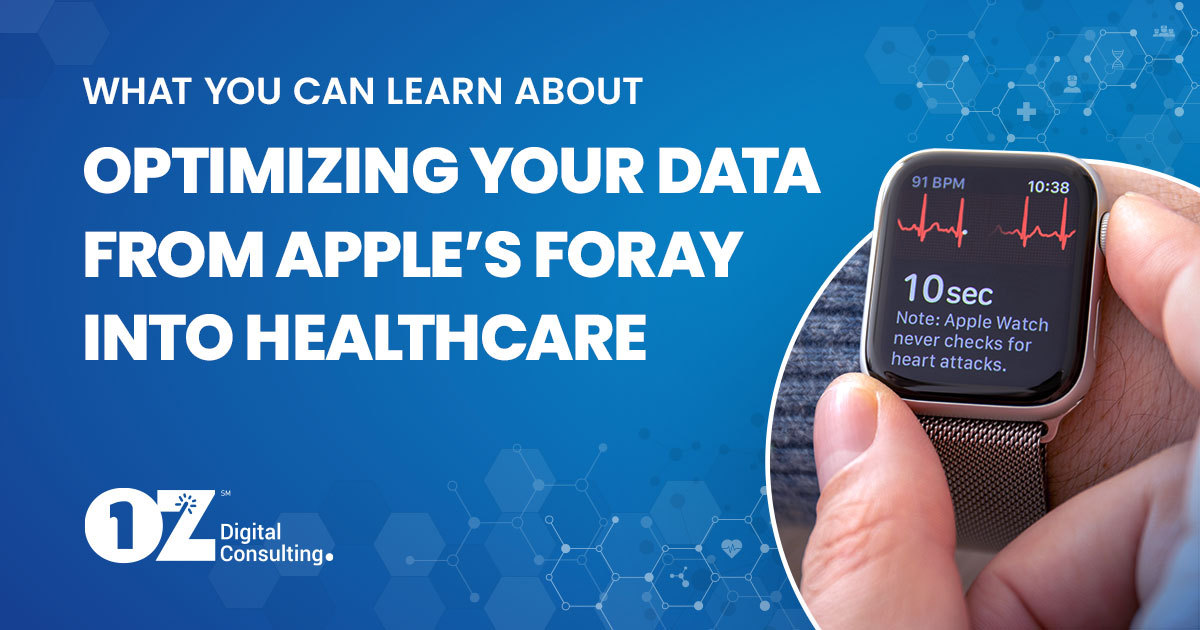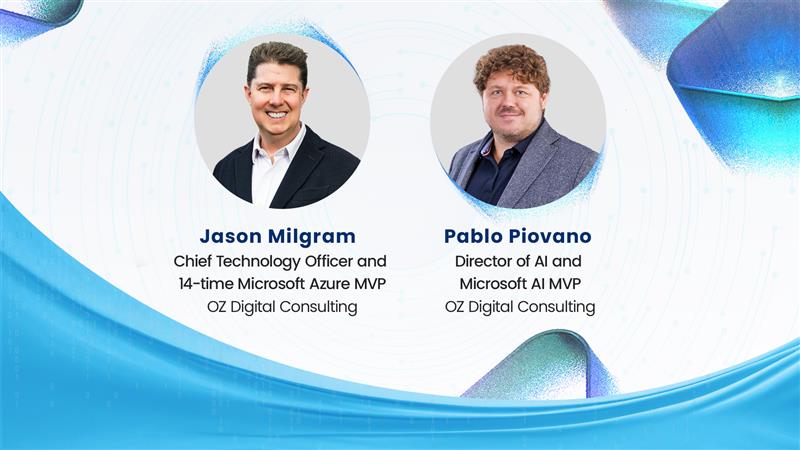During its forty-six-year history, Apple has revolutionized the personal computer, portable music devices, media software, cell phones, and watches.
Could healthcare be next?
If you ask Chief Analyst at CCS, Ben Wood, the answer is a resounding, Yes.
“They are in such a strong position to do this,” Wood told Forbes. “They’ve got a wealth of personal health data through Apple Watch. If they join some dots together, they can become a very competitive health insurance player.”
Apple set into play a domino effect of healthcare advancement beginning with the 2014 creation of HealthKit—an application married to the inaugural launch of the Apple Watch. On the user end, this app and smartwatch combo enable consumers to track workouts, manage caloric intake and outtake, and monitor heart rate, amongst other convenient features.
With your permission, Apple pieces together the information gathered through HealthKit to create a central repository for information that defines your unique encrypted, protected health profile.
In 2015 and 2016, the company created ResearchKit and CareKit, respectively. These powerful applications make the most out of all the valuable and meaningful data gathered through HealthKit to build an architecture for medical researchers to provide tailored patient treatment and detailed information about how your conditions or medication specifically affect you.
With this trifecta, Apple holds the keys to rich data, which analysts believe gives them a more competitive head-start in the health insurance scene.
They can—and most likely will—leverage the power of this unified customer view with a major carrier to provide insurance coverage, potentially changing the game once again.
With OZ 360, you can reconcile specific customer data across multiple databases, leveraging householding logic to significantly improve CX, customer retention, and profitability.



